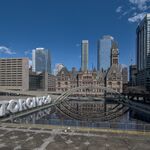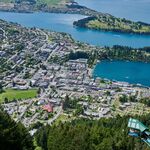Calgcouver
Senior Member
Great perspective it would be hard to get an understanding of why without your experienceYes.
On review a few years ago, the allowance in general ended in the 40s when two departments of the city fought over two lots allowing retail at the Elbow Drive, Riverdale, Lansdowne Ave intersection, across the river from the streetcar loop, eventually leading to the rejection of retail as one department baked in 'residential only' via a restrictive covenant that CPC didn't make the effort to figure out how to remove.





